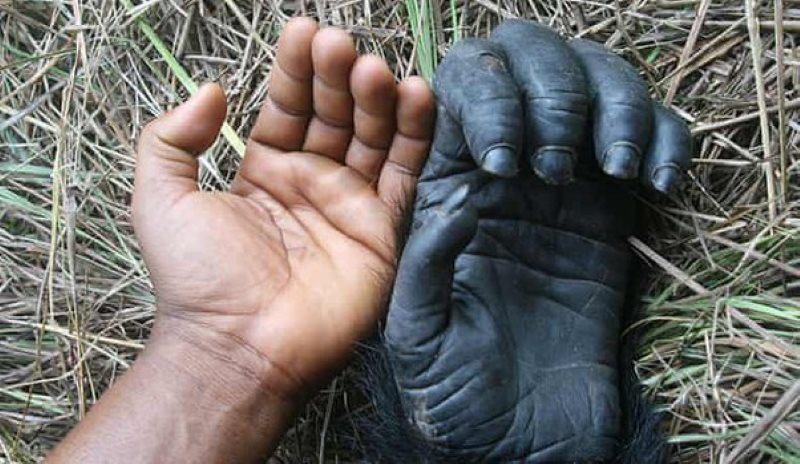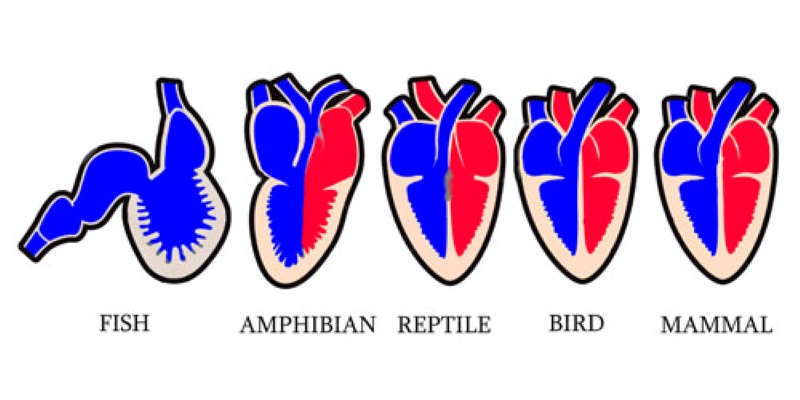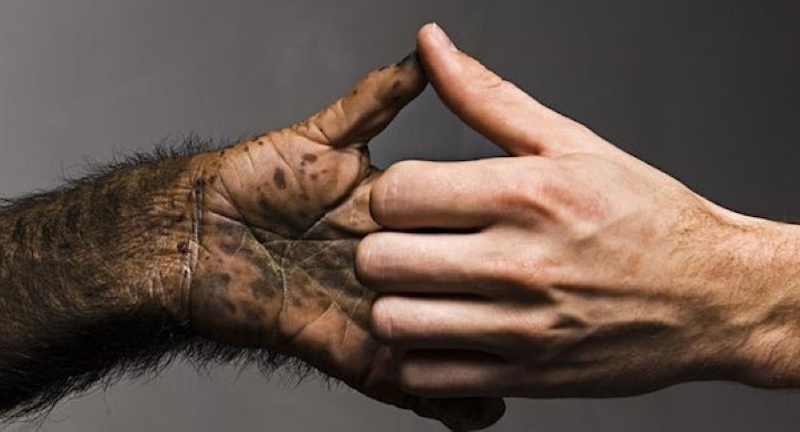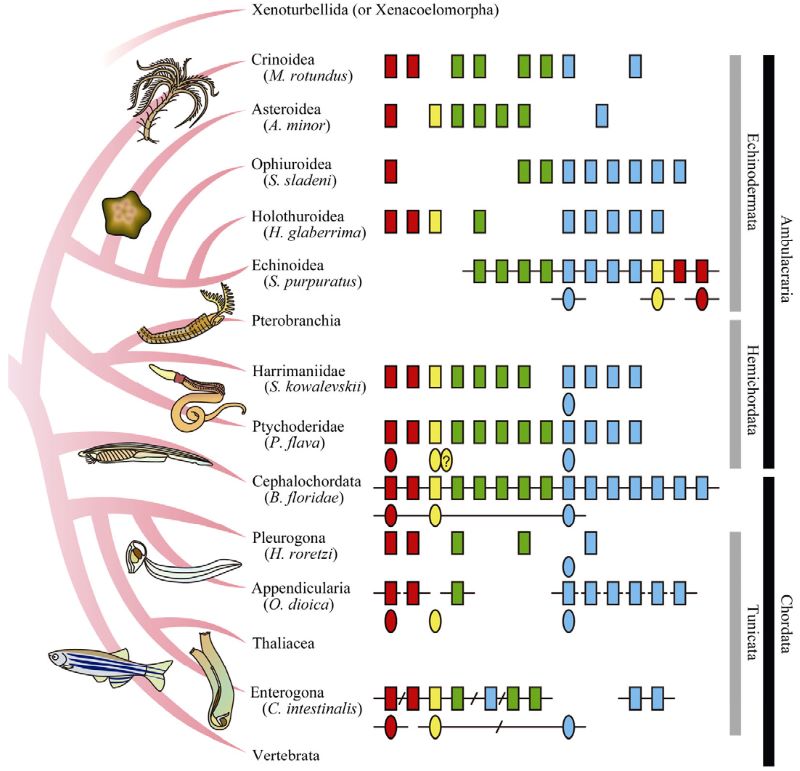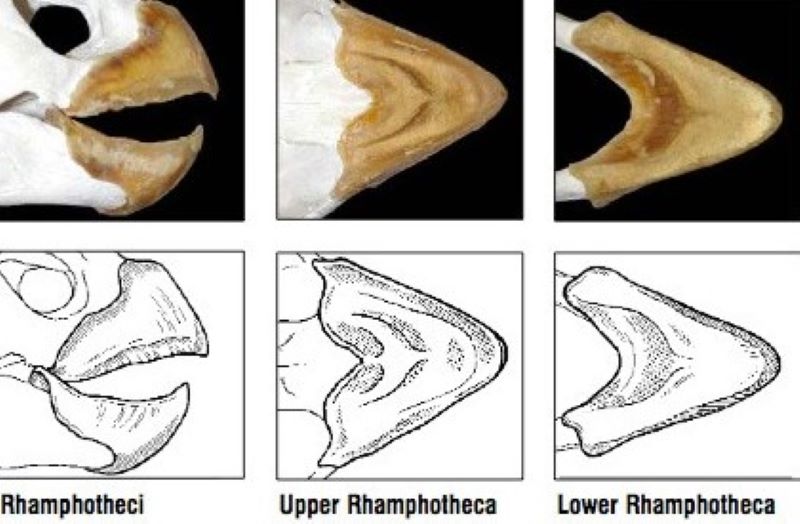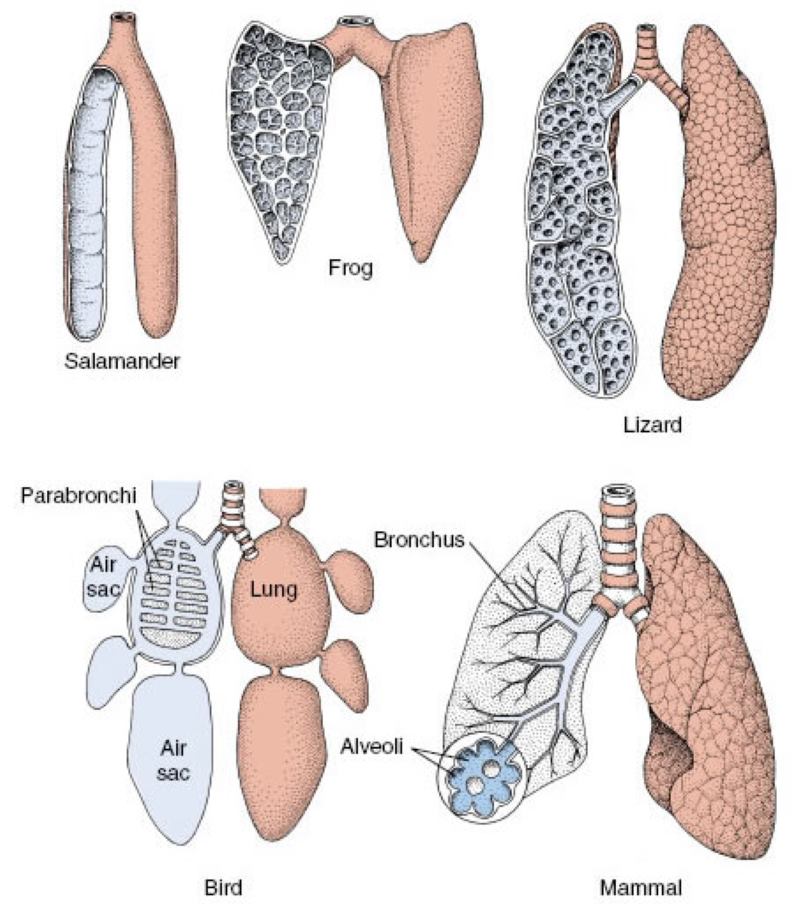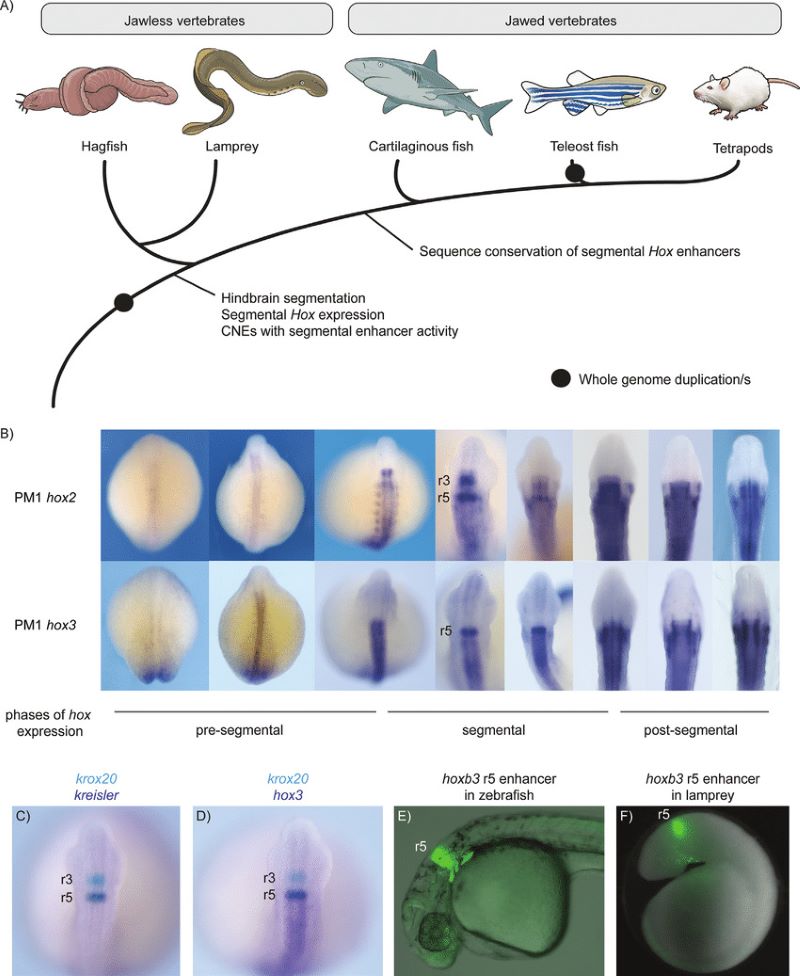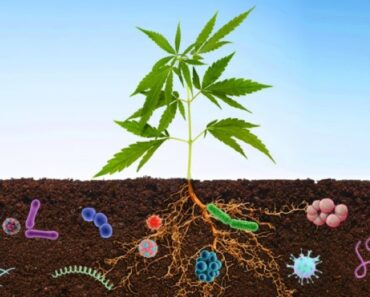Homology in animals refers to the existence of structures or genes that are similar due to shared ancestry. This concept is a fundamental aspect of evolutionary biology, illustrating how different species can have common traits that originated from their ancestors. These homologous structures may serve different functions in various species, but their underlying similarity reveals a deep evolutionary connection. By studying these structures, scientists can trace the evolutionary pathways of different species, providing insights into how they have adapted and evolved over time. Homology is thus a key tool in understanding the complex web of life and the historical relationships between diverse organisms. Here are some known examples of homology in animals:
Examples
1. Pentadactyl Limb in Vertebrates
The pentadactyl limb is a well-known example of homology, observed in humans, whales, birds, and bats, among others. Despite varied functions – from grasping to flying – the fundamental structure remains the same: one upper bone (humerus/femur), two lower bones (radius and ulna/tibia and fibula), and a series of smaller bones in the hand/foot. This similarity indicates a common ancestral limb structure that has evolved to suit different purposes in different species.
2. Vertebrate Hearts
The hearts of all vertebrates show a homologous structure, evolving from a simple two-chambered heart in fish to a more complex four-chambered heart in mammals and birds. This evolutionary progression reflects the increasing demand for efficient oxygenation as vertebrates became more active and complex.
3. Mammalian Ears
The middle ear bones in mammals (malleus, incus, and stapes) are homologous to certain jawbones in non-mammalian organisms. This transformation from jawbone to earbone over evolutionary time is a remarkable example of how a structure can change function while retaining its basic form.
4. Vertebrate Brains
Despite vast differences in size and complexity, the brains of all vertebrates share a common structure, derived from a basic three-part brain in early vertebrates. This includes the forebrain, midbrain, and hindbrain, though the specific functions and development of these regions can vary greatly among species.
5. Bird and Bat Wings
The wings of birds and bats are homologous to forelimbs but have evolved independently for flight. The similarity in bone structure (humerus, radius, ulna, and digits) is a result of their common vertebrate ancestor, despite the different materials (feathers in birds, skin membranes in bats) used for the wing surfaces.
6. Insect and Vertebrate Eyes
Though insect and vertebrate eyes are functionally very different (compound vs. camera-type), they are considered homologous on a genetic level. The Pax6 gene, crucial for eye development, is shared across diverse animal groups, suggesting a common ancestral gene responsible for initiating eye development.
7. Reptile Scales and Bird Feathers
Reptilian scales and bird feathers are homologous structures. Genetic and developmental studies have shown that feathers are evolved forms of scales, adapting over time for insulation and flight in birds, who are descendants of reptilian ancestors.
8. The Skulls of Vertebrates
The basic structure of the skull is homologous across various vertebrate species, including reptiles, birds, mammals, and amphibians. Despite differences in shape, size, and function, these skulls share a common pattern of bone arrangement. This includes the presence of a jawbone, eye sockets, and a cranial cavity, which evolved from a common ancestral form to meet the specific needs of different species.
9. Embryonic Development in Vertebrates
The embryonic stages of many animals, especially vertebrates, show homologous characteristics. For instance, the early embryos of fish, birds, reptiles, and mammals all display a similar set of developmental stages. They all have a tail and pharyngeal pouches (which in fish develop into gills but take on different functions in other vertebrates) at certain stages, pointing to a common ancestry.
10. Universal Genetic Code
On a molecular level, the DNA and RNA of various organisms show homologies. For example, the genetic code is nearly universal across all life forms, suggesting a common ancestral origin. Certain genes, like those responsible for the development of the eye or limb formation, are found across diverse species, further indicating a shared evolutionary history.
11. Hindlimb Bones in Vertebrates
Similar to forelimbs, the hindlimbs of vertebrates are also homologous. Whether it’s the legs of a mammal, the hind flippers of a marine mammal like a seal, or the legs of a bird, they all share a basic structure. This includes the femur, tibia, fibula, and the tarsals in the foot, all are modifications of a common ancestral limb.
12. Amniotic Eggs in Reptiles, Birds, and Mammals
The presence of amniotic eggs in reptiles, birds, and certain mammals (like monotremes) is a homologous trait. The amniotic egg, which allows for development in a terrestrial environment, is a key evolutionary adaptation that these groups share. It consists of membranes that protect and nourish the embryo, a characteristic that points to a common ancestor among these groups.
13. Opposable Thumbs in Primates
The opposable thumb, found in primates such as humans, chimpanzees, and gorillas, is a homologous structure. While the size and degree of opposability vary among these species, the underlying skeletal and muscular structure is quite similar. This trait allows for grasping and manipulating objects, reflecting a shared evolutionary adaptation for enhanced manual dexterity.
14. Hox Genes Across Species
Hox genes play a crucial role in the body plan development of embryos, and are found across a wide range of species, from fruit flies to humans. The similarity in these genes and their function in controlling the body layout is a homologous trait that underscores the shared evolutionary pathways of diverse life forms.
15. Spine in Vertebrates
The spine, or vertebral column, is a homologous structure found in all vertebrates. It serves as the primary axial support structure, providing protection for the spinal cord and a rigid yet flexible axis for the body. The basic segmented structure of the spine, composed of a series of vertebrae, is consistent across different species, indicating a common evolutionary origin.
16. Vertebrate Endoskeleton
The internal skeleton structure in vertebrates (including fishes, amphibians, reptiles, birds, and mammals) is a homologous trait. It is composed of bone and cartilage and provides support, protection for internal organs, and an anchor for muscles. While the shapes and sizes of bones vary greatly among these animals, their underlying embryological development and basic composition (cells that produce bone or cartilage) are fundamentally similar, indicating a common evolutionary origin.
17. Gill Arches in Fish and Pharyngeal Pouches in Embryonic Tetrapods
The gill arches in fish are homologous to the pharyngeal pouches found in the embryos of tetrapods (four-limbed vertebrates, including amphibians, reptiles, birds, and mammals). In fish, these structures develop into gills, but in tetrapods, they evolve into various different structures, like the Eustachian tube in humans, demonstrating a shared ancestral feature.
18. Hair and Feathers
Hair in mammals and feathers in birds are considered homologous structures at a genetic and developmental level. Both are made of keratin and originate from similar skin structures called follicles. Recent studies in developmental biology and genetics suggest that these structures evolved from a common ancestral skin covering, possibly a simple, hair-like filament.
19. Cephalopod and Vertebrate Eyes
The eyes of cephalopods (like squids and octopuses) and vertebrates (like humans and fish) are an example of homology at the molecular level. Although their eyes evolved independently and have different structures, the genetic and biochemical pathways that guide eye development are remarkably similar, suggesting a deep evolutionary relationship.
20. Limb Girdles in Tetrapods
The pelvic and pectoral girdles of tetrapods are homologous structures. These girdles are where the limbs (arms and legs) attach to the body. Despite the variety in limb function and form – from the wings of birds to the arms of humans – the basic structure of these attachment points remains consistent, highlighting a common evolutionary background.
21. Mammalian Teeth
The teeth of mammals, including humans, dogs, and horses, are homologous. They all share a common structure: enamel coating, dentin, and a pulp cavity. While the shape and size of teeth can vary greatly depending on the diet and lifestyle of the animal (e.g., sharp canines for predators, and flat molars for herbivores), the fundamental makeup of the teeth remains consistent across different mammalian species, pointing to a shared evolutionary origin.
22. The Tailbone in Primates
The tailbone, or coccyx, in primates, including humans, is a vestigial structure that is homologous to the tails in other mammals. While it no longer serves the primary function of balance and mobility as it does in many mammals, its presence and skeletal structure reflect a common ancestry with tailed mammals.
23. Bird and Reptile Beaks
The beaks of birds and some reptiles (like turtles) are homologous structures. Although adapted for different functions, such as feeding, nesting, and defense, the beak in both groups is derived from the jaws of a common reptilian ancestor. The variation in beak shape among birds and reptiles is a result of evolutionary adaptation to different environments and lifestyles.
24. Lungs in Terrestrial Vertebrates
The lungs in terrestrial vertebrates, including amphibians, reptiles, birds, and mammals, are homologous organs. They all serve the purpose of breathing air, but the complexity and efficiency of the lungs vary among these groups. This reflects their adaptation to different modes of life and levels of metabolic activity; these lungs are derived from a common ancestral respiratory structure.
25. Vertebrate Kidneys
The kidneys in vertebrates, ranging from fish to mammals, are homologous organs. They perform the essential function of filtering blood and excreting waste products. Despite differences in size, shape, and complexity, all these kidneys share a common design and evolutionary origin, highlighting their adaptation to various environments while maintaining the core function of osmoregulation and waste removal.
26. Animal Tails
Tails in different animal species, from mammals and birds to reptiles and fish, are homologous structures. They vary greatly in their use, from balancing and locomotion to communication and fat storage. The presence of a tail in these diverse groups of animals points to a common ancestral trait that has been adapted for different purposes in different lineages.
27. Hindbrain in Vertebrates
The hindbrain (or rhombencephalon) in vertebrates is a homologous structure. It is a part of the brain that controls various basic bodily functions and motor movements. Despite variations in complexity and development among species, the fundamental components of the hindbrain – such as the cerebellum and medulla oblongata – are present in all vertebrates, indicating a common evolutionary origin.
28. Notochord in Vertebrate Embryos
The notochord is a flexible, rod-shaped structure found in the embryos of all vertebrates. It plays a crucial role in the development of the vertebral column and the central nervous system. While it is replaced by the vertebral column in most adult vertebrates, its presence in embryonic stages is a homologous trait that links all vertebrates to a common ancestor.
- 28 Examples of Homology in Animals - October 13, 2025
- 17 Examples of Ecosystem Services in Everyday Life - October 13, 2025
- 20 Examples of Microbial Interactions in Everyday Life - October 13, 2025

